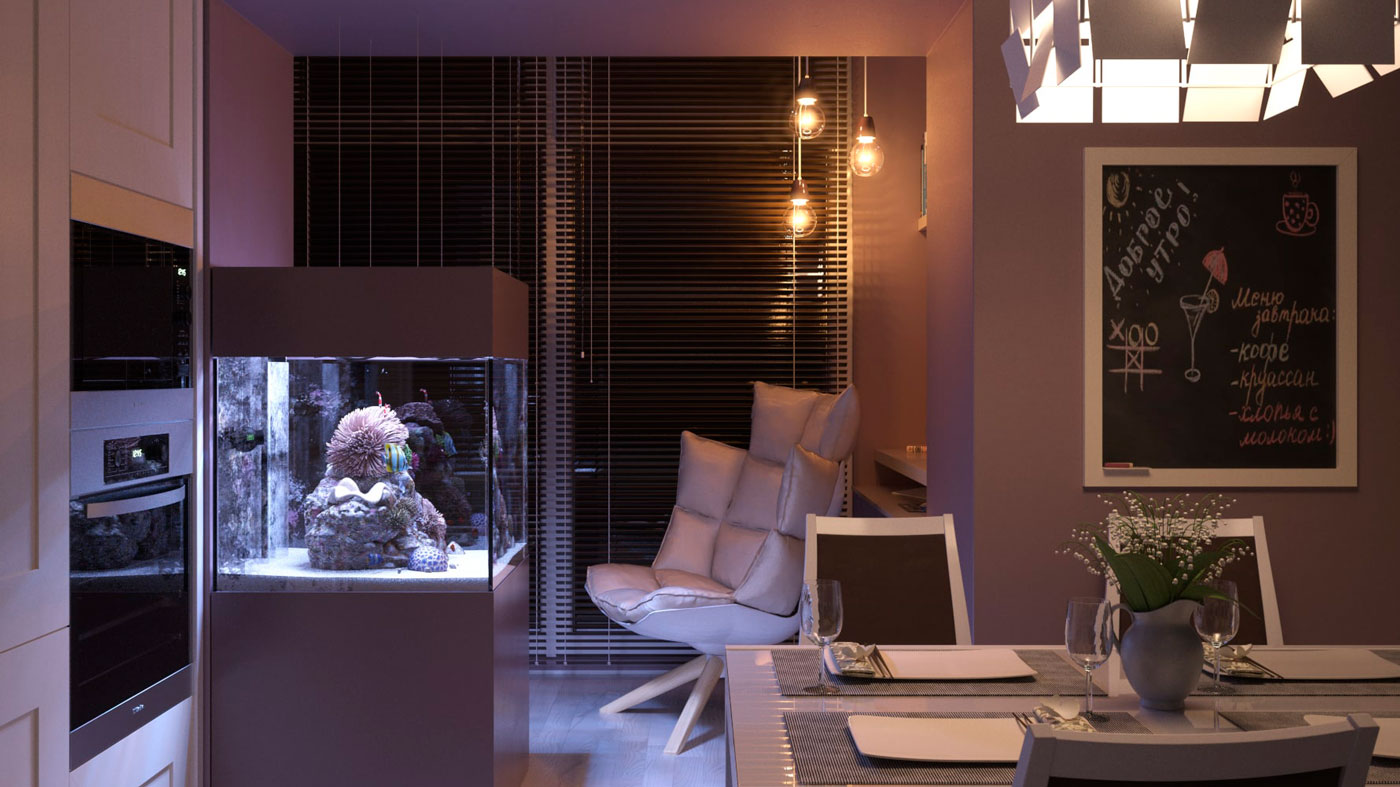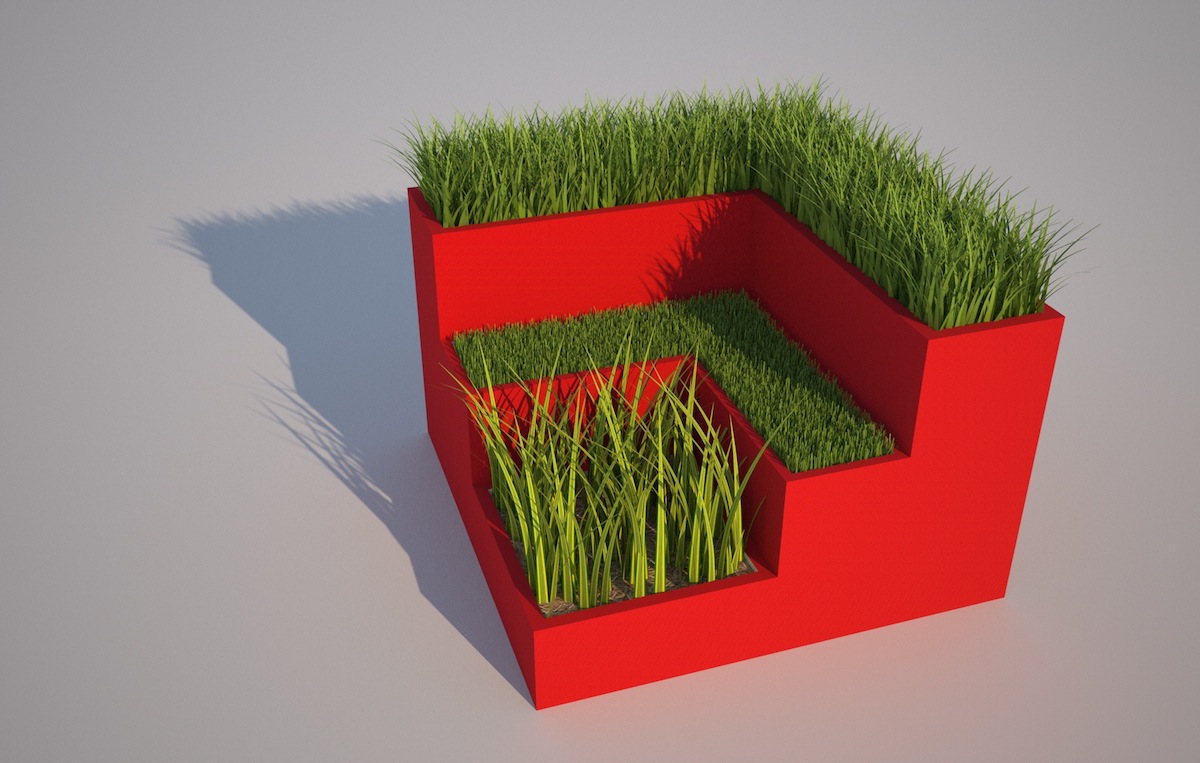

Thanks for Reading this, and don’t miss tutorial’s part 2. In the plugin’s dialog box I selected my 5 types of trees, set the spray type to’point’ (this way I selected manually the point of insertion of each tree), the rest of settings as following. To scatter the trees on the scene I used another plugin for SketchUp: Compo spray by Didier Bur. Now it is ready to be used as MXS reference.īefore scattering the trees, first I inserted each different kind of tree as Mxs Reference. Open maxwell scene manager and adjust the materials parameters.Īnd run Maxwell Fire, while it is rendering, browse to My Documents/Maxwell/Sketchup/Temp folder.įind the file ‘temp.mxs’ make a copy of the file to your working folder and rename the ‘temp.mxs’ file to something like ‘tree-01.mxs’. Open a new Sketchup file (erase the default human figure and purge the file), import the collada file, it should be inserted in the origin point (0,0,0). Import the OBJ file into Blender, make sure your texture comes in PNG, when ready export as collada, store the PNG and DAE files at the same location. To give textures and uv map to the trees geometry, I used Blender. Trees, bushes and shrubs are generated with Arbaro, I took as starting point one of the default tree definitions and tweaked its parameters, once the tree was ready it was exported in OBJ format (make sure to check the thickbox UV coordinates for stems and leaves). Select the grass group and click the Maxwell grass button, this are the parameters used. To avoid having rendered the plane with the density map, I duplicated the plane grass group, disabled the grass feature from this one and applied a soil texture from CGtextures and moved this plane 5mm above the grass group. Grass is generated per group, I created a plane and converted it to group, then mapped my density map as shown (greyscale map to crontrol where the grass will grow).

Used the same technique for tiles on the exterior. Then used Random select by TIG, to apply random materials with slight variations. In order to add some variation to the pavers I used Chris Fullmer’s plugin for SketchUp Scale and rotate multiple. The grass is done with the use of Maxwell’s grass feature.įirst I created the geometry of turfstone pavers and tiles as SketchUp components. NOTE: Maxwell Render simulates light exactly as it is in the real world, this means it is important to keep your Sketchup 3D model on real world scale and units. Once the design is defined, I add a little extra details to my model like beveling edges and corners with Fredo’s plugin for SketchUp Round corners.
MAXWELL SKETCHUP RENDERING SOFTWARE
Plans, sections and elevations are then exported to a CAD software to prepare the construction documents.
MAXWELL SKETCHUP RENDERING PRO
Modelling with Sketchup is so simple, and has a key role on the design process at the office.Įverything starts with handmade sketches, then we create a sketchUp 3D model, we use the pro version to prepare the layouts for permit drawings. The project selected for this ‘making of’ is a private house designed by arkitekter, an architecture practice based in Malmö, Sweden where I work.
MAXWELL SKETCHUP RENDERING FREE
The software used is Sketchup 8, Maxwell for Sketchup, for 3D trees and vegetation I used Arbaro (a free tree generation software) and Photoshop for postproduction.įinal images from different projects done with Maxwell for SketchUp.


This plugin has been designed for rendering in SketchUp and you don’t need to export your scene anywhere. This article is the first of two parts tutorial about the use of the Maxwell for SketchUp on architectural visualization.


 0 kommentar(er)
0 kommentar(er)
